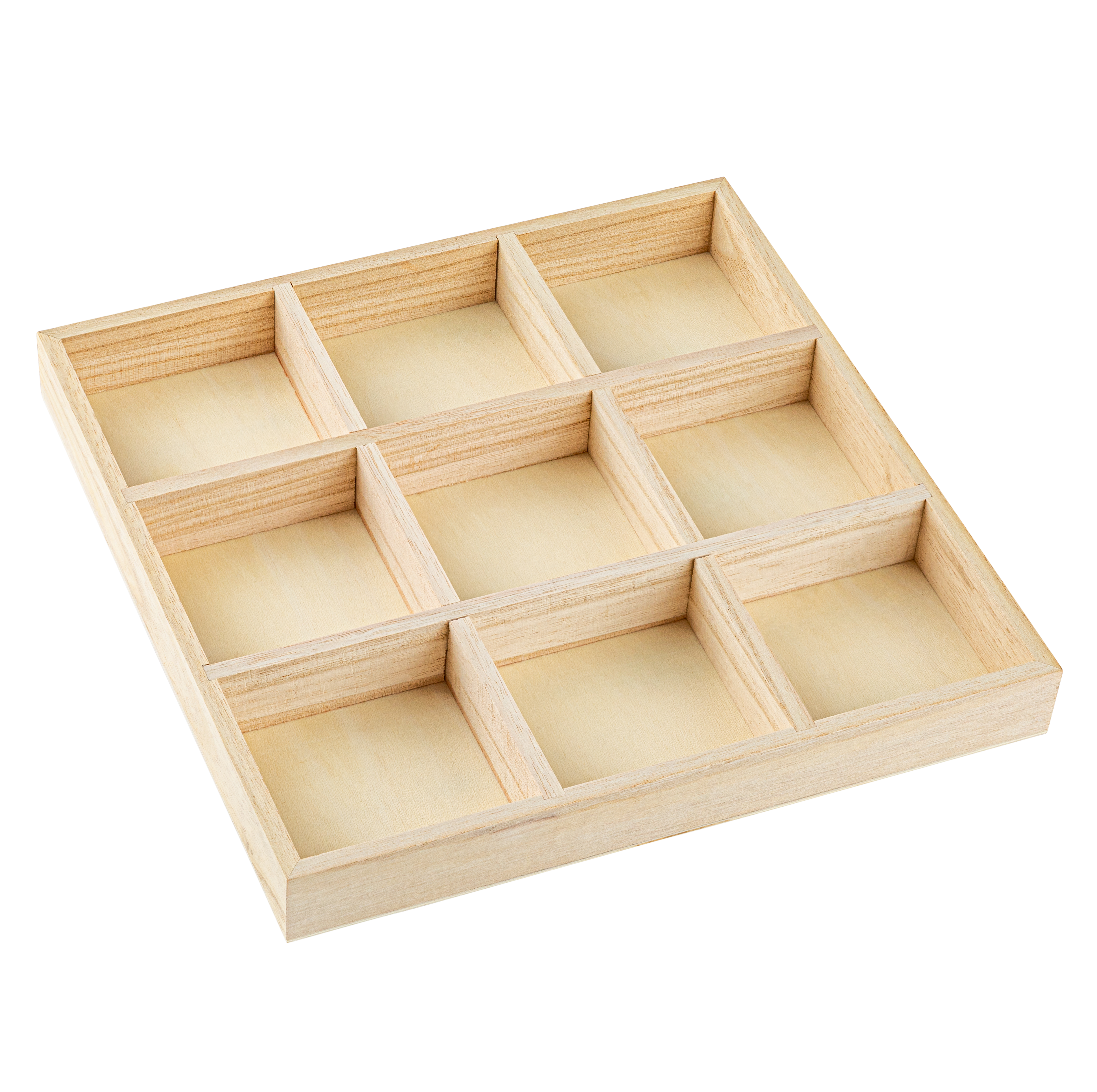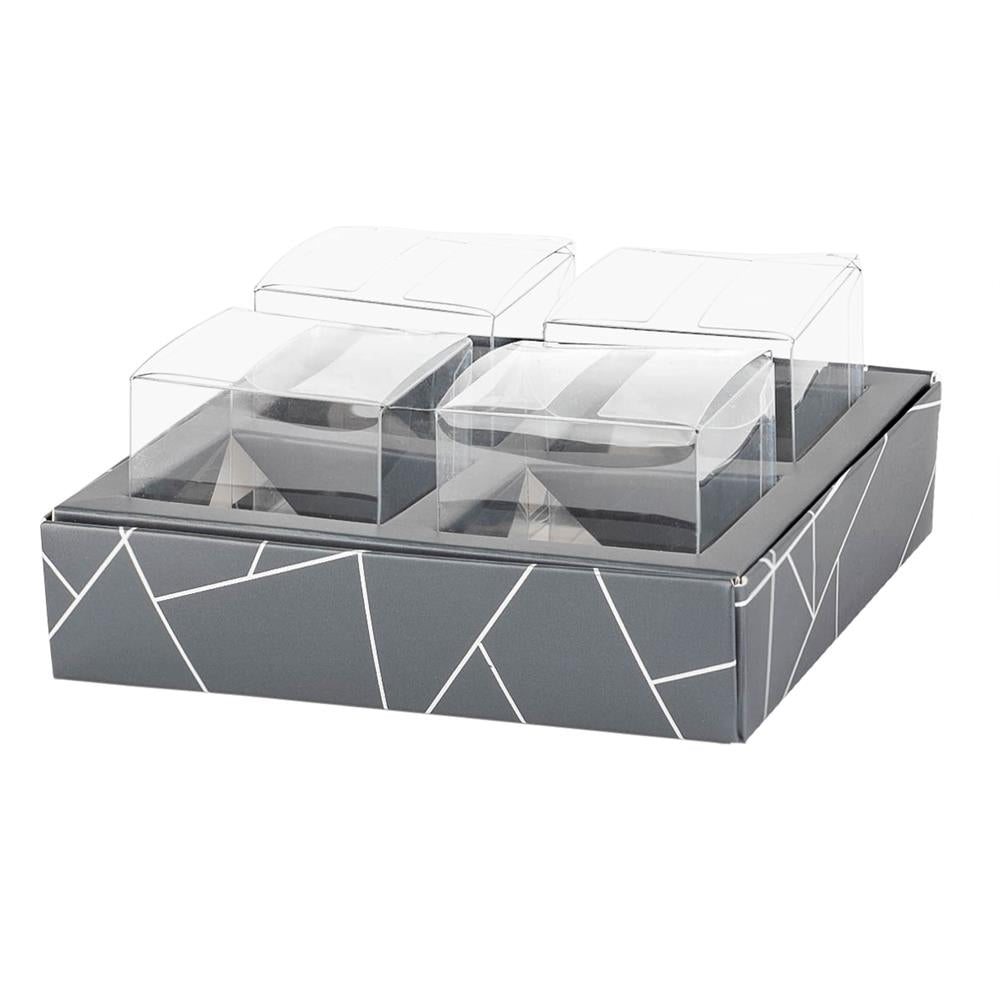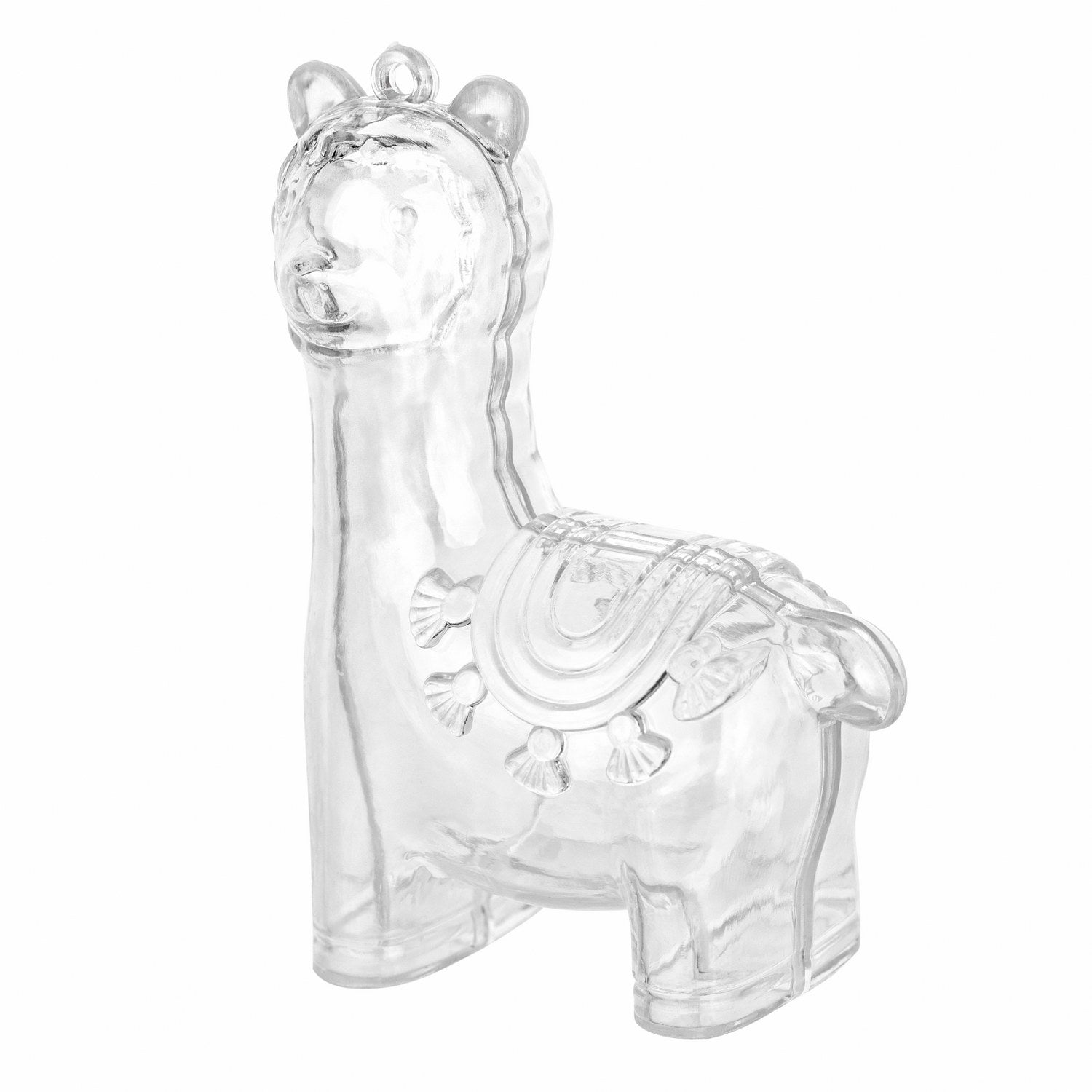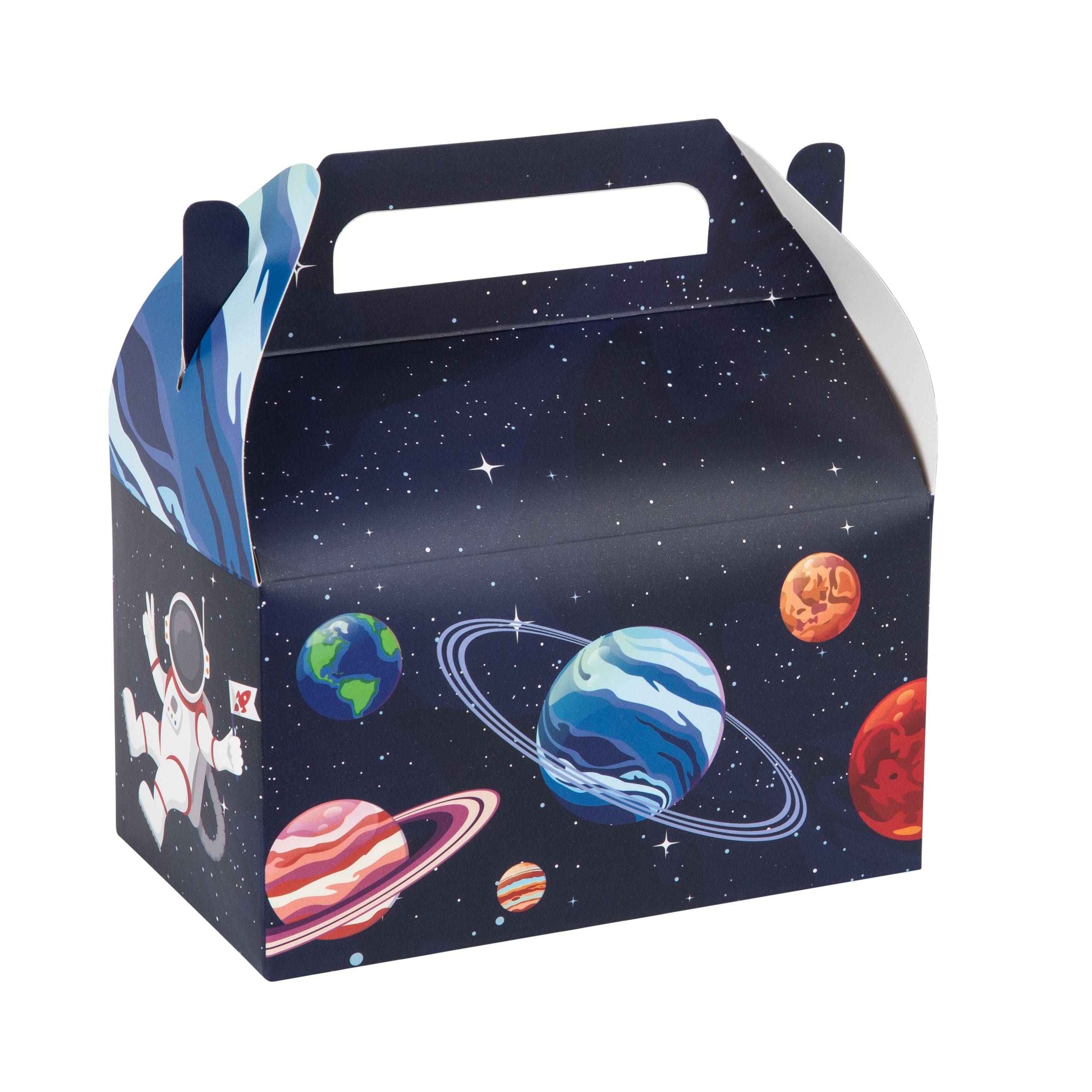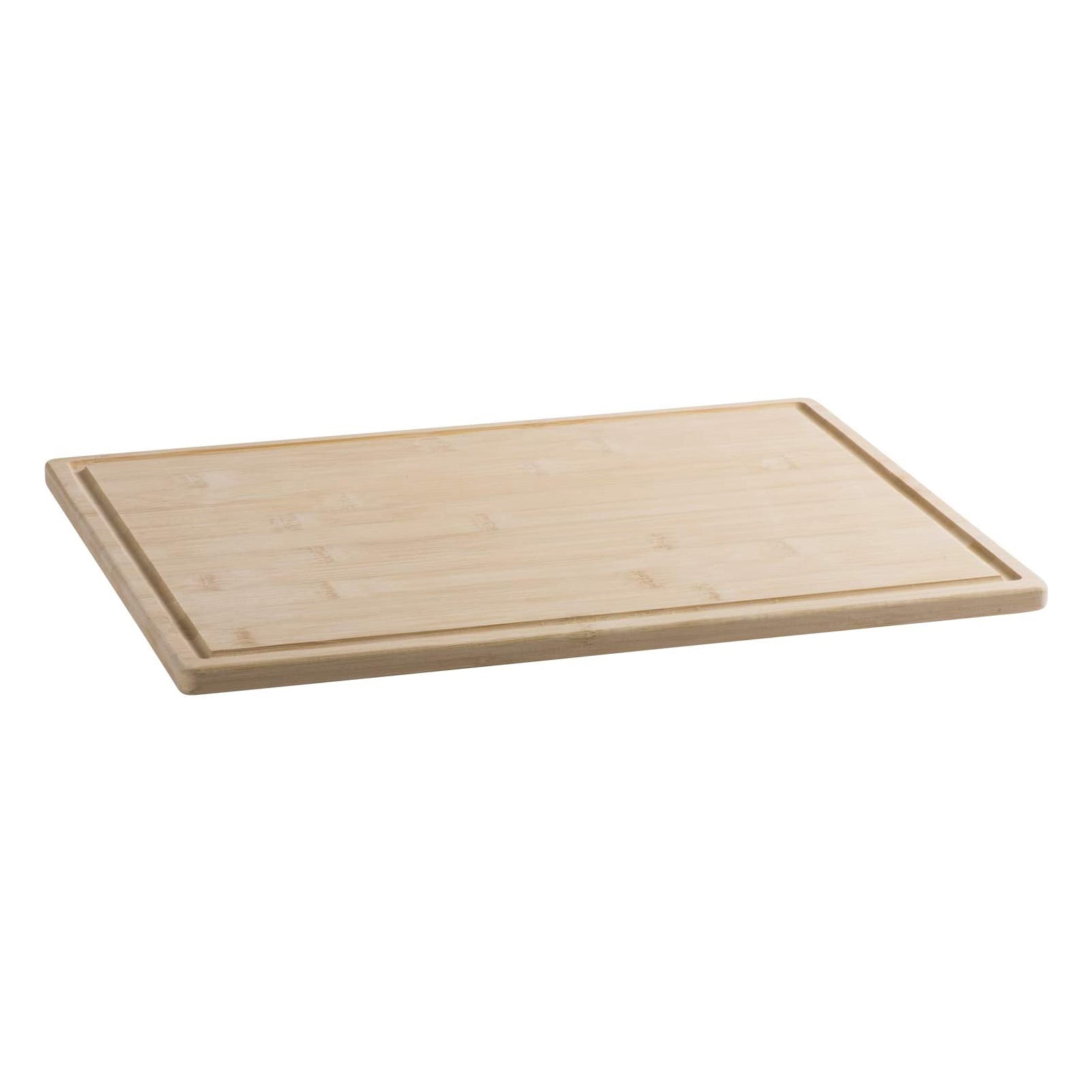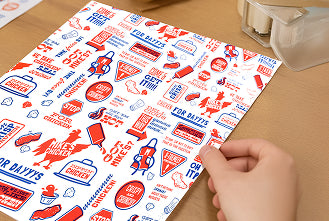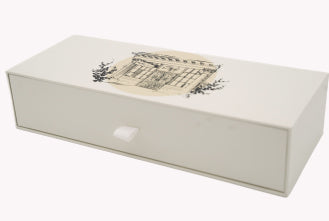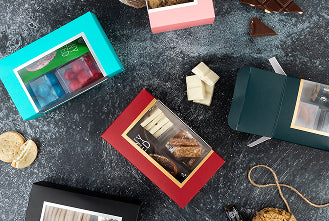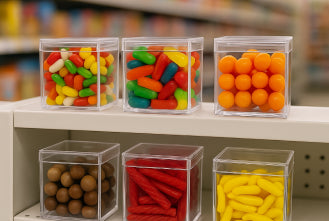The amount of gift packaging waste created in the United States each year is enough to cover 40 football fields—yikes!
While gift wrapping shows care and creativity, there’s one uncomfortable reality we often ignore: Traditional gift packaging typically involves mere seconds of appreciation before beginning a centuries-long decomposition process in our landfills.

When you’re wrapping a gift, it’s a chance to say something deeper, beyond your craft or gift wrapping skills. The shiny wrapping paper you see in stores might catch the eye, but it isn’t very nice to our environment. Many of those papers contain plastics or dyes that aren’t recyclable—which isn’t exactly the message most of us want to send.
But if you’re reading this, you’re already on the right track. You have so many beautiful, eco-friendly options that don’t just protect the planet—they actually can make your gift feel more special. From biodegradable wraps to reusable fabrics or simple, minimalist designs, there are plenty of eco-friendly options that show just as much care and love as traditional wrapping paper. And that, in itself, is a gift worth giving!
Your Gift Packaging Impact: What’s the Problem Exactly?
Most of us don’t think twice when tearing open shiny wrapping paper. But that moment of excitement often comes at a hidden environmental cost. As previously mentioned, a traditional gift wrap is usually made from a mix of materials like glossy paper, plastic ribbons, glitter, and foil. When all those are combined, they’re nearly impossible to recycle.
It gets worse: Making all that wrapping paper takes a ton of resources. Around 20 trees are cut down for every ton of paper, and the process often involves harsh chemicals, petroleum-based dyes, and a whole lot of water. On top if this, global shipping required to get this wrapping paper on store shelves leads to your carbon footprint stacking up quickly.

After all this effort and work, most of it ends up in landfills. And the least recyclable varieties could potentially stick around for centuries. But you’ve got better options!
Eco-friendly packaging made from things like plant fibers or recycled materials can break down naturally, and some even grow wildflowers with embedded seeds. Alternatively, options that can be reused also offer something more beyond the traditional approach. So, what should you consider?
Innovative Eco-Friendly Gift Packaging
Sustainable gift wrap has come a long way from plain kraft paper and reused boxes. These days, you’ve got a fantastic range of creative, eco-friendly materials to choose from—many of them just as stylish and functional as the traditional stuff (if not more).
Some of the coolest options come straight from nature. Mushroom packaging, for example, is made from farm waste and mycelium (the root system of mushrooms). It forms sturdy boxes and breaks down in about 45 days. Seaweed wraps are another great option; they’re soft, flexible, and clear like cellophane but dissolve safely in water or compost. (Although, cellophane is also a biodegradable option.)
Farm scraps are also getting a second life. Things like husks, stalks, and banana stems are now being turned into beautifully textured wrapping materials with natural colors. Not only do they reduce waste, but they can also support farming communities by creating new sources of income. However, these can be harder to find. At the same time, more and more options are becoming available!
| Material | Description | Biodegradable? | Reusable? | Unique Feature |
|---|---|---|---|---|
| Mushroom Packaging | Made from farm waste + mycelium; forms sturdy boxes | ✅ Yes | ❌ No | Breaks down in ~45 days |
| Seaweed Wrap | Flexible, clear, dissolves in water or compost | ✅ Yes | ❌ No | Cellophane-like, but compostable |
| Plant Fiber Wraps | Banana stems, husks, stalks; textured, earthy-colored | ✅ Yes | ❌ No | Supports farming communities |
| Recycled Paper | Made from post-consumer paper; customizable | ✅ Yes | ❌ No | Easy to find, pairs well with twine |
| Fabric Wraps | Cloth-based gift wrapping (e.g., Furoshiki style) | ✅ Yes | ✅ Yes | Endless reuses; cultural flair |
Minimalist Approaches
With the end of consumerism nowhere in sight, there’s something refreshing about keeping things simple! Minimalist gift wrapping is all about thoughtful presentation without the need for flashy paper or layers of waste. It proves that “less is more” by letting the gift itself shine. So, here’s what you can try:
The Art of Furoshiki
Furoshiki is the Japanese art of wrapping with cloth instead of paper. Just one square of fabric—cotton, linen, or even a scarf—can be folded and knotted in dozens of creative ways to fit almost any item. No tape, no waste, and no stress!
The best part? The cloth can be reused again and again. And the act of wrapping itself becomes a mindful, almost meditative moment
Simple Options
Neutral shades like undyed cotton, kraft paper, or soft grey linen give off a sense of calm and elegance. It’s all about keeping it simple. No fancy stuff. Try these:
-
Natural-dyed twine
-
Muted red or green
-
Recycled paper with twine
Natural Touches
While we’ve mentioned a few of these above, some more ideas include adding a sprig of rosemary or pine, adding a dried orange slice, or throwing in a cinnamon stick. These are classy but simple and eco-friendly options for a bit of gift wrapping decor.
| Method | Materials | Aesthetic Vibe | Eco Benefits | Pro Tips |
|---|---|---|---|---|
| Furoshiki | Cotton/linen scarf or fabric square | Elegant, organic, Japanese | Zero-waste, endlessly reusable | Knot it creatively for different shapes |
| Kraft Paper | Recycled kraft paper + twine | Neutral, earthy | Biodegradable, recyclable | Add a sprig of pine or cinnamon for flair |
| Undyed Linen | Natural linen or soft cotton | Calm, minimalist | Low-impact, reusable | Can double as a dish towel gift |
| Natural Decor | Rosemary sprigs, dried citrus, cinnamon | Rustic holiday charm | Compostable, minimal material use | Secure with hemp or recycled string |
| Muted Colors | Red/green twine, recycled paper | Understated elegance | Reduced dyes, low-waste | Choose non-glossy paper for easier recycling |
Reusable Options
The most sustainable gift wrapping option is undeniably one that can be used again and again. This challenges the idea of waste and throw-away culture. After all, most things can be reused (surprisingly).
Reusable gift containers are one of the easiest and most thoughtful ways to cut down on waste. Instead of tossing out wrapping paper after the unwrapping is done, think about using things like decorated tins, wooden boxes, or fabric pouches. These not only make your gift look beautiful—they’re useful long after the gift is opened.
For example, a cookie tin can later store craft supplies, a wooden box might become a planter, and a fabric pouch could be reused for travel or organizing little things around the house.
At the end of the day, when we choose circular packaging, we move away from one-time use and toward something more meaningful. It’s not merely about reducing waste—it’s about giving with intention, creating less clutter, and making gifts that last in more ways than one!

